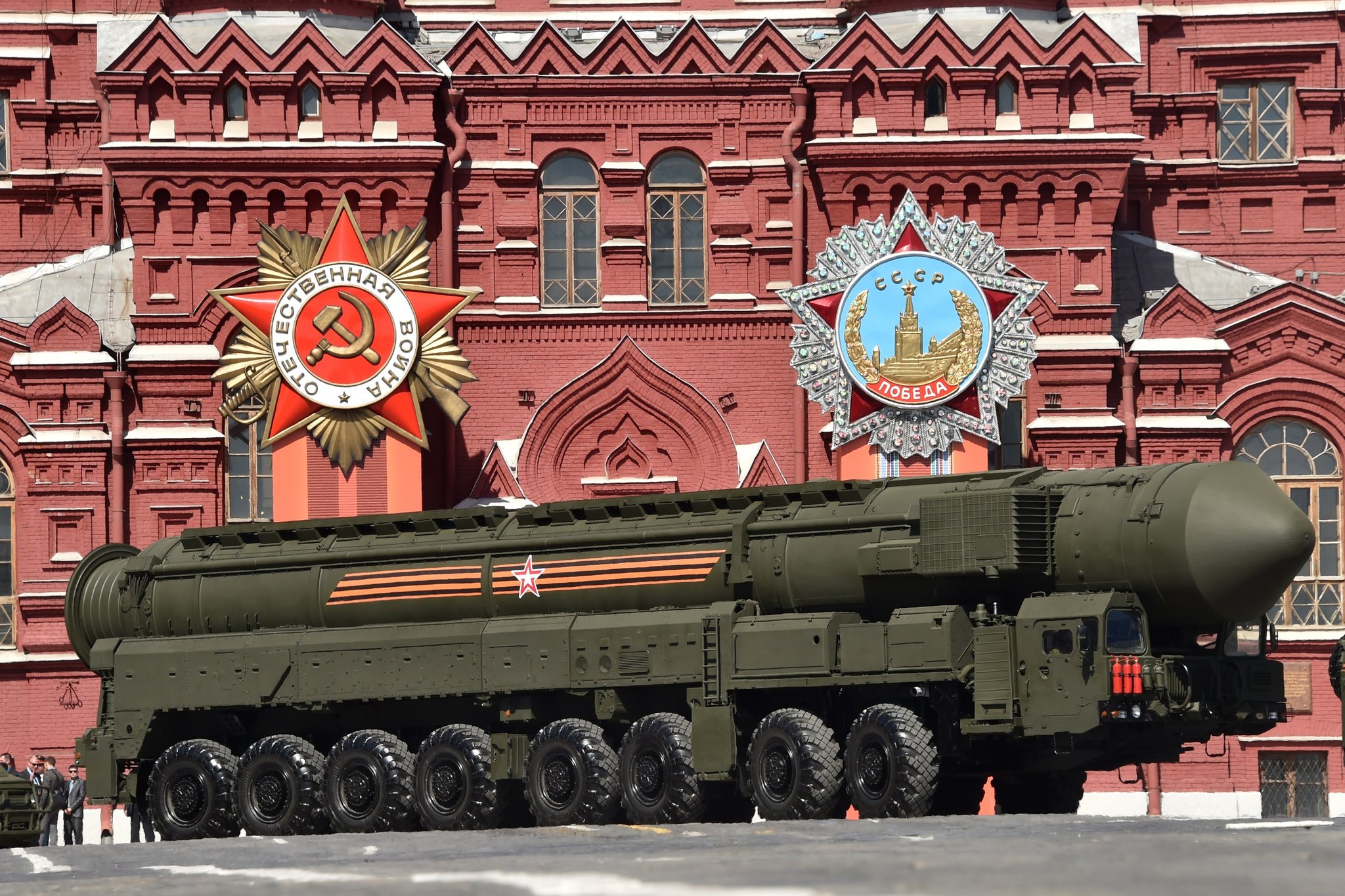VESTAS SHELVES POLAND OFFSHORE PLANT AS EUROPE’S WIND MARGINS THIN

Cost inflation and policy delays bite
Danish turbine maker Vestas said it will not proceed with a previously planned manufacturing site in Poland, underscoring tighter margins across Europe’s wind industry. The decision follows months of higher financing costs, supply bottlenecks, and slow permitting in several EU markets. Developers have delayed or re-tendered projects after component prices and interest rates eroded returns; some have pressed governments for clearer subsidy paths and grid commitments. Vestas, which has led in offshore orders, is refocusing on sites that align with firm demand and predictable offtake. Analysts say curbing incremental capacity is a defensive move to protect cash and pricing power in a market still digesting last year’s contract cancellations. The firm emphasized it will keep serving Polish and regional projects from existing factories and a global footprint.
Europe’s policy push to accelerate renewables is colliding with higher capital costs and grid congestion. Bids in recent tenders have been cautious; where auction design improved — indexing strike prices to input costs, for instance — participation has rebounded. Industry groups argue that rules allowing inflation-linked support and faster interconnection approvals can unlock stalled gigawatts. For supply chains, a steadier tender cadence would reduce boom-bust cycles that whipsaw factory planning. Poland remains a potential growth market given Baltic wind resources, but investors want clarity on port upgrades, cable routes, and offtake stability. Vestas’s decision signals that even top OEMs are prioritizing balance sheet resilience over footprint expansion until margins normalize.
What it means for 2030 targets
The EU’s 2030 climate goals require record-pace build-out of offshore capacity. If OEMs hesitate to add factories, bottlenecks in nacelles, blades, and monopiles could persist, keeping turbine prices elevated. Governments are fine-tuning auctions to ensure viable bids and bankable contracts, but grid readiness may be the real constraint. Developers also face localized community pushback and environmental reviews that lengthen lead times. In the near term, expect consolidation among component suppliers and more joint ventures to share risk. For buyers, diversified sourcing — including from the UK, Denmark, and Spain — can hedge delays. If inflation cools and rates ease into 2026, shuttered or paused expansions could restart. Until then, manufacturers will triage capex toward markets with firm PPAs, indexed support, and port infrastructure in place.





















